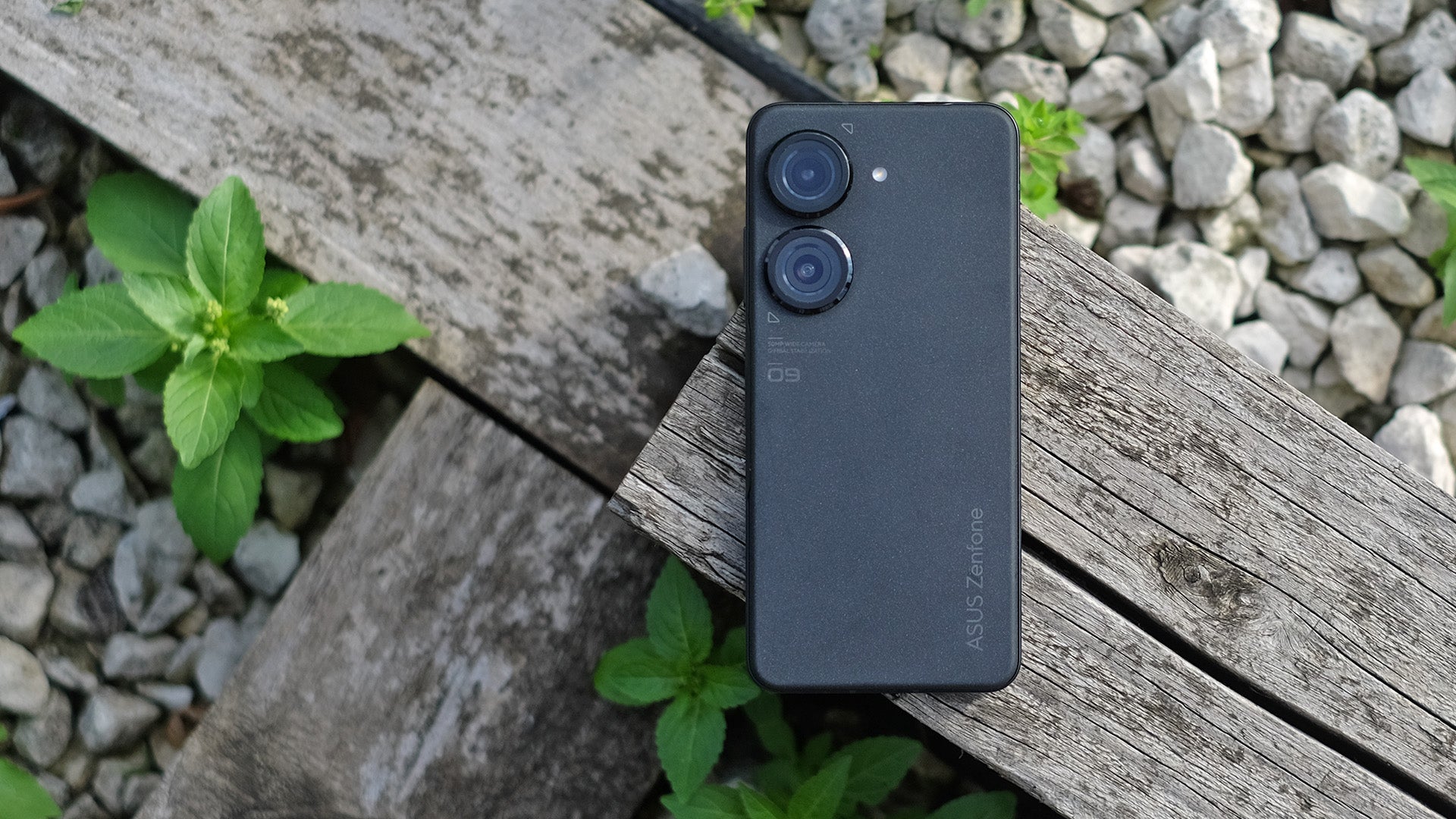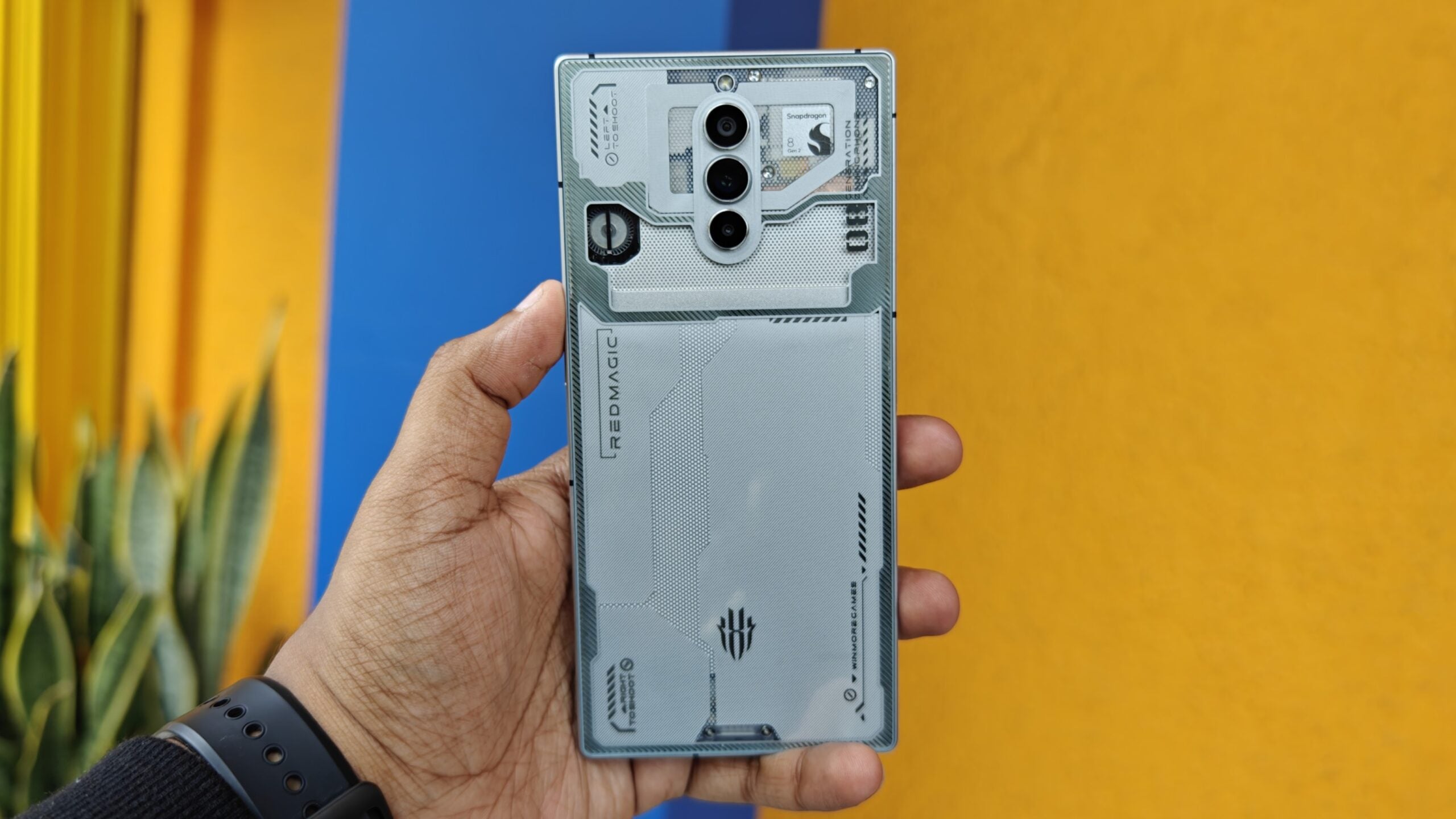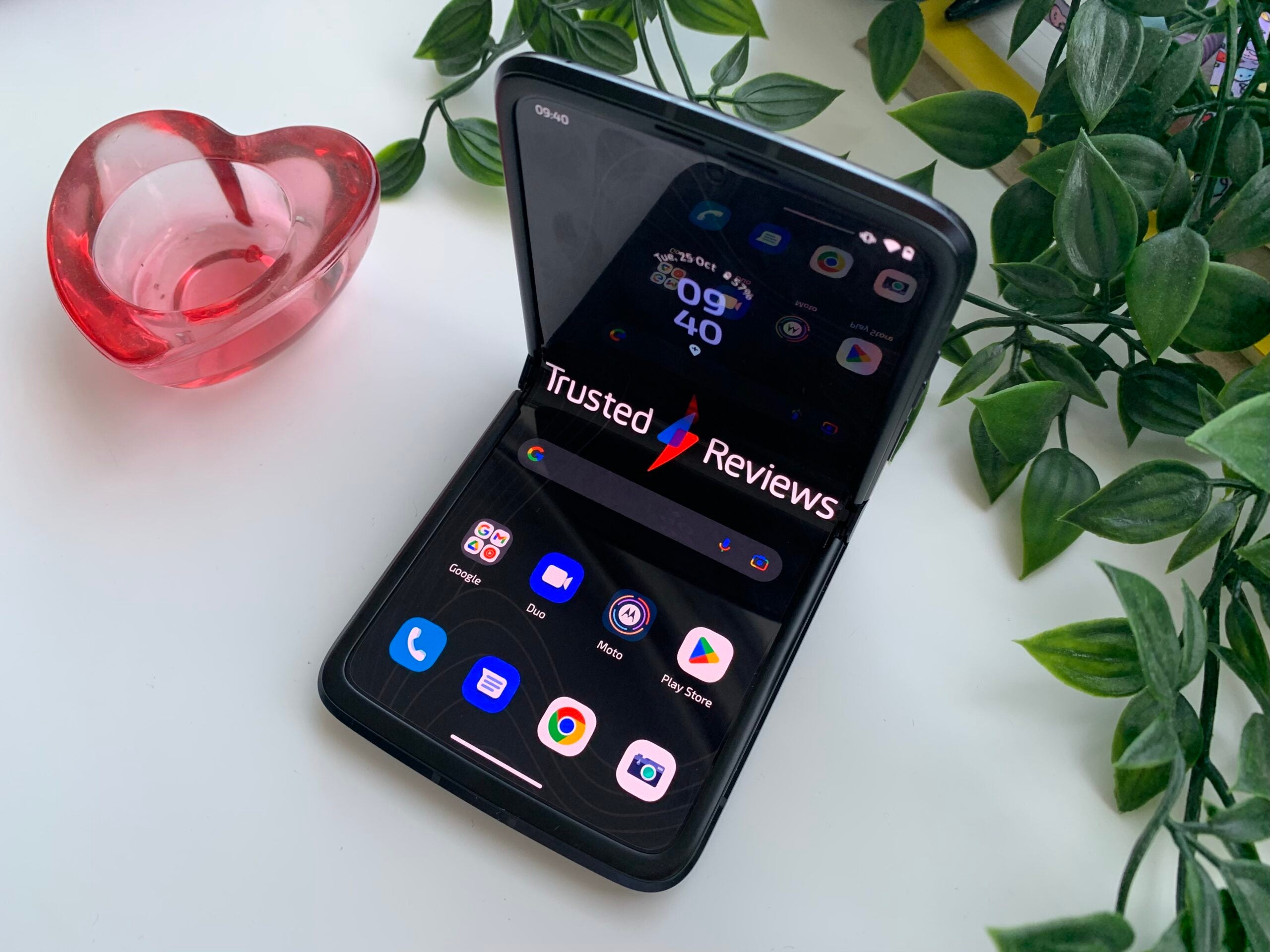Sony Xperia Pro I Review
Another niche Sony phone I want to love
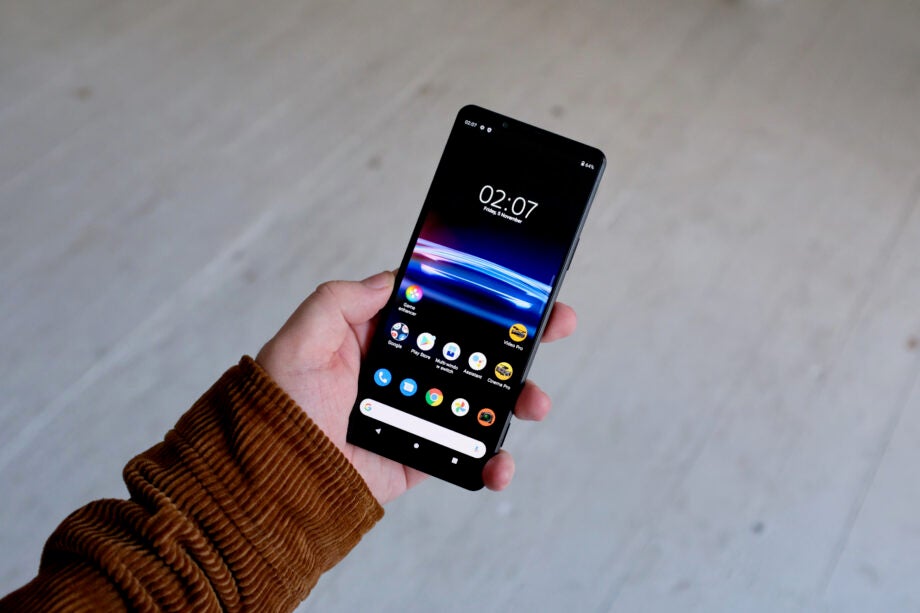
Verdict
The Sony Xperia Pro-I is a phone made for photographers and video shooters. It includes a more sensitive camera sensor than its rivals, as well as software for those who like to take control over what they capture. However, it costs a small fortune, and in some situations you’ll miss the extra computational smarts on offer from the likes of Apple and Google.
Pros
- Light-touch noise reduction leads to natural-looking images at pixel level
- Camera software puts and emphasis on manual control
- Large sensor pixels
Cons
- Weak low-light video performance
- Computational photography capabilities can’t match the best
- Very expensive
- Shots tend to need punching up in the edit by design
Availability
- UKRRP: £1599
Key Features
- 1in camera sensorThis phone uses a sensor based on that of the Sony RX100 VII compact, although only 12 of the chip’s 20 megapixels are used
- Pro controlThe Xperia Pro-I has three separate camera apps, based around different ways to manually control the phone’s stills and video
- 4K displayLike some other high-end Sony phones, the Pro-I has a “4K” screen, with a panel that’s 3840 pixels high
Introduction
Sony struggles to remain relevant as a manufacturer of smartphones. At the low-end, it’s overshadowed by aggressive Chinese brands like such as Xiaomi. Plus, it doesn’t appear to have put in quite the same investment into software innovation as Samsung, Google and Apple – which is required to produce a true flagship hit.
The Sony Xperia Pro-I is an example of how the company can still stand out: by doing something completely different. This is a phone for photographers and, to an even greater extent, videographers.
The Sony Xperia Pro-I camera does some great things. Its software makes taking different approaches to shooting video and stills much easier, and it avoids the annoying side-effects of overbearing camera “intelligence”.
Ultimately, though, I remain disappointed by the results.
Here’s the problem. The Sony Xperia Pro-I partially trades on the reputation of Sony’s excellent full-frame Alpha mirrorless cameras – but, even with a better-than-most sensor on-board, you don’t get anything like the post-shoot editing flexibility of those cameras. And the best of its rivals offer smarter camera software, which makes up for the difference in sensor size much of the time.
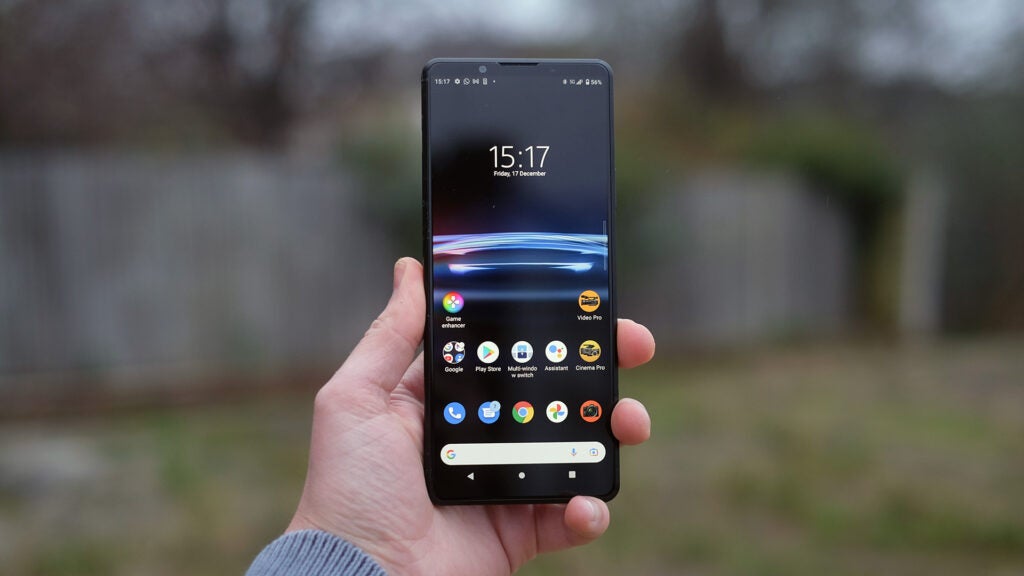
Camera
- Large sensor, although its effective size isn’t the 1-inch claimed
- Photos are made for editing, not Insta-sharing
- Good quality, but the software smarts lag behind the best
Let’s start with the Sony Xperia Pro-I’s camera, since it’s the only part of the phone that really matters.
There are three cameras on the back of the device, and all use decent hardware. There’s a 2x optical zoom with a 12-megapixel 1/1.29 Sony IMX486 sensor, a 12-megapixel ultra-wide with the Sony IMX363 sensor, and the main event is a 1-inch sensor, based on the design seen in the Sony RX100 VII – a dedicated point-and-shoot compact from 2019 that still costs around £1000.
However, Sony hasn’t simply jammed the innards of the RX100 into the Sony Xperia Pro-I. It uses a 12-megapixel “window” in the 20-megapixel sensor. This means the effective sensor size here is actually pretty similar to that of some other phones, including the Google Pixel 6 and Samsung Galaxy S21 Ultra.
So what is the reason for this? The Sony Xperia Pro-I would likely look quite different using the 20-megapixel sensor size. It would require a larger lens, presumably different electronics to read out the sensor data, too, which may also introduce overheating issues. Overall, you’d be looking at a larger, perhaps even more expensive, phone.
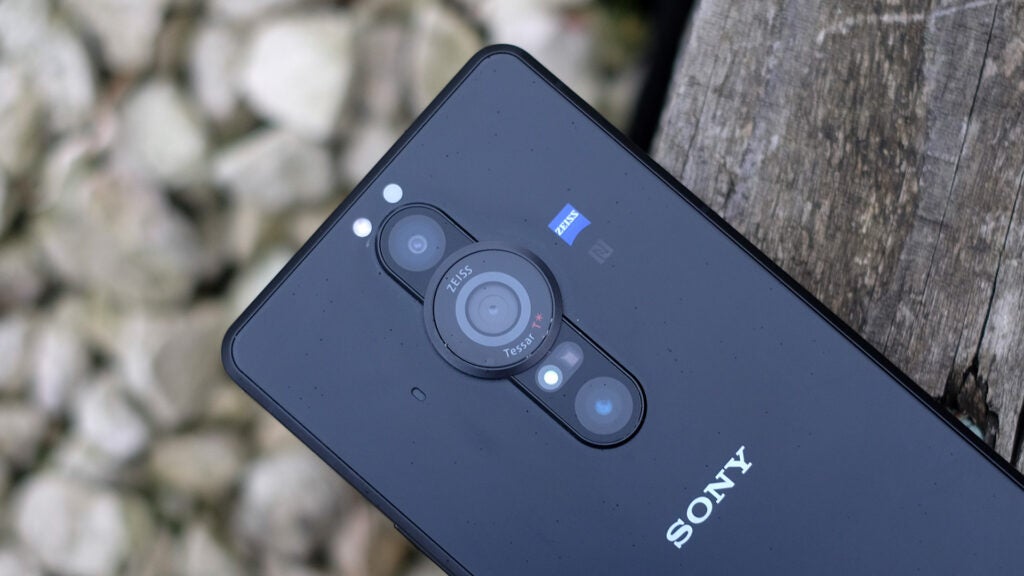
If you’ve come to the Sony Xperia Pro-I expecting the full power of a 1-inch sensor, then, you may be disappointed; and you’d be justified. However, we still get to see what Sony can do with genuinely large 2.4-micron sensor pixels – figures that rivals can get close to only by quoting “virtual” sensor pixel sizes achieved by merging the output of multiple pixels in a Quad Bayer array.
Here’s the good stuff. The Sony Xperia Pro-I’s images look more like those of a dedicated camera than just about any other phone I’ve tested in a long time.
I find this most useful when shooting more dim scenes, such as a patch of sky, where there’s no obvious point of reference for the light level. Phones will routinely make these too bright, because mobile image processing typically aims for maximum punch, brightness and impact. The Sony Xperia Pro-I takes a more measured approach. I find this tends to result in pictures that look closer to how they appear to my eyes, compared to the Google Pixel 6 Pro.
However, in almost every case this also means you’ll want to edit images at least a little before sharing them online. Subdued contrast makes many of the Sony Xperia Pro-I’s photos appear flat by smartphone standards, and details aren’t brought out of the shadows nearly as much as a Pixel 6 or Samsung Galaxy S21 Ultra.
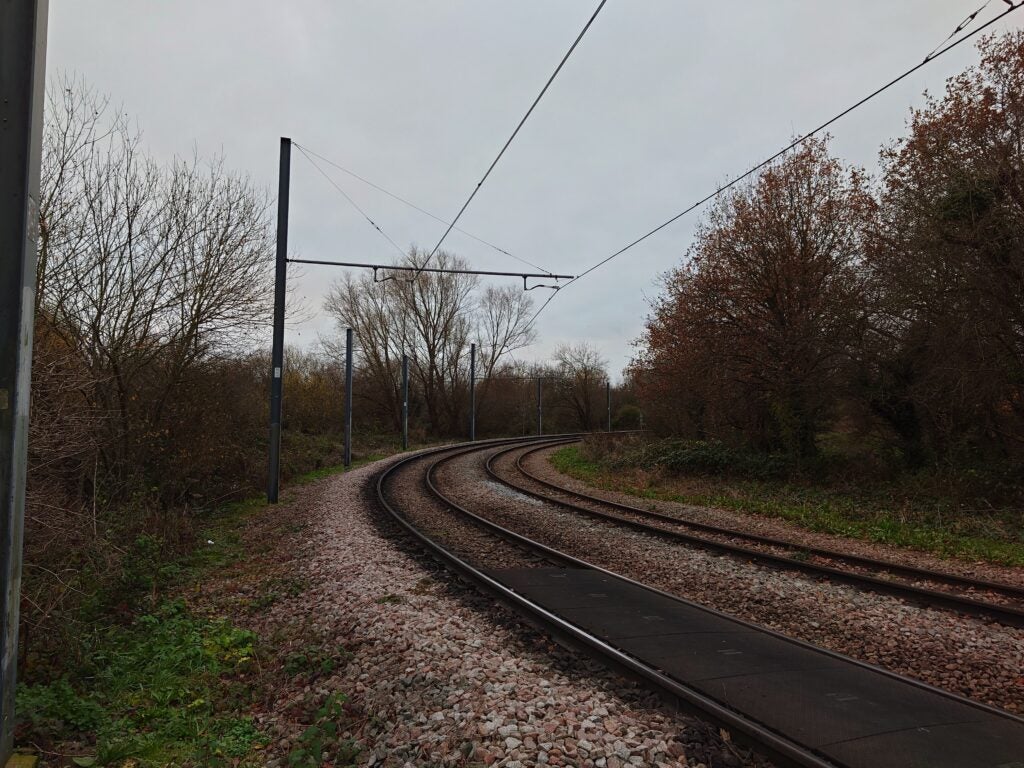
This “look” is more common with snaps taken on cheap phones; but the difference here is that there’s a far greater scope to make the pictures appear how you want them to through an editing app. The Sony Xperia Pro-I’s large sensor pixels retain far more shadow detail than those on low-end phones, offering the headroom to radically boost the shadows without ending up with masses of colour noise or mushed-up detail.
The Sony Xperia Pro-I processing has a much softer touch than its rivals. In the “basic” point-and-shoot mode, Auto HDR processing avoids blown highlights – this is essential, even with larger sensor pixels. The question here is over whether you want a phone that produces images that aren’t often 100% ready to share once you’ve captured them. As is the case with images taken with a dedicated camera, you can only really discover how good a photo is – composition aside – in the edit.
This specific character is present right down at the pixel level, too. The Sony Xperia Pro-I’s images will often look less sharp and detailed when fully zoomed in than those from a Pixel 6 Pro. However, much of this is down to Google’s far greater use of contrast enhancement and edge sharpening.
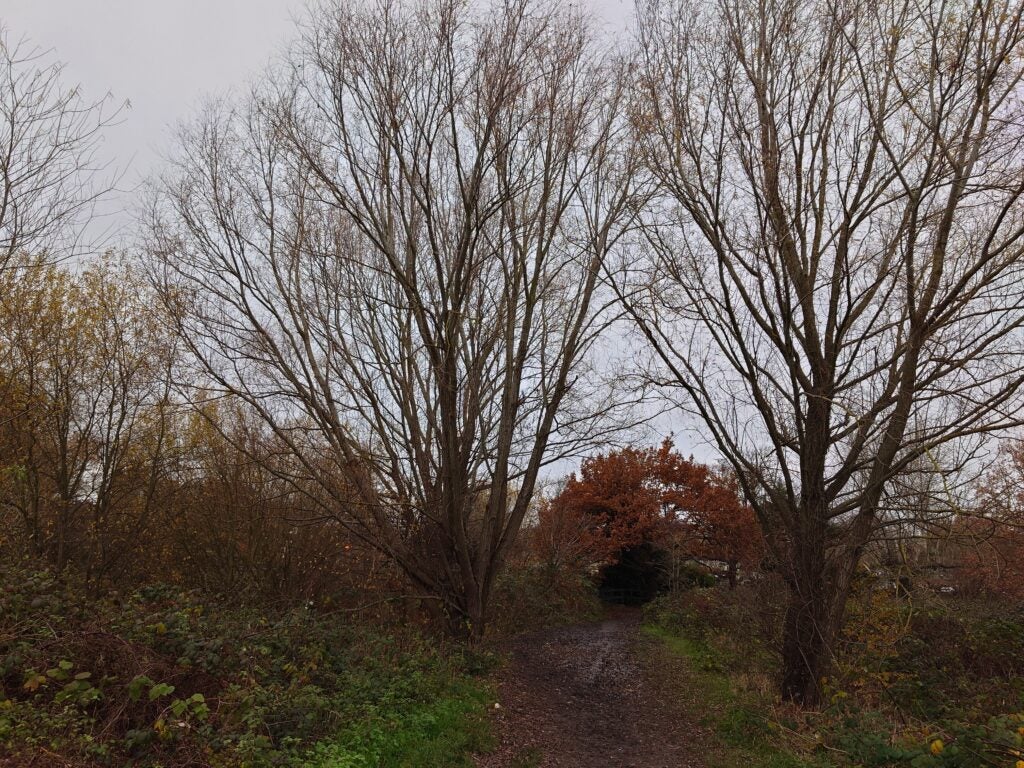
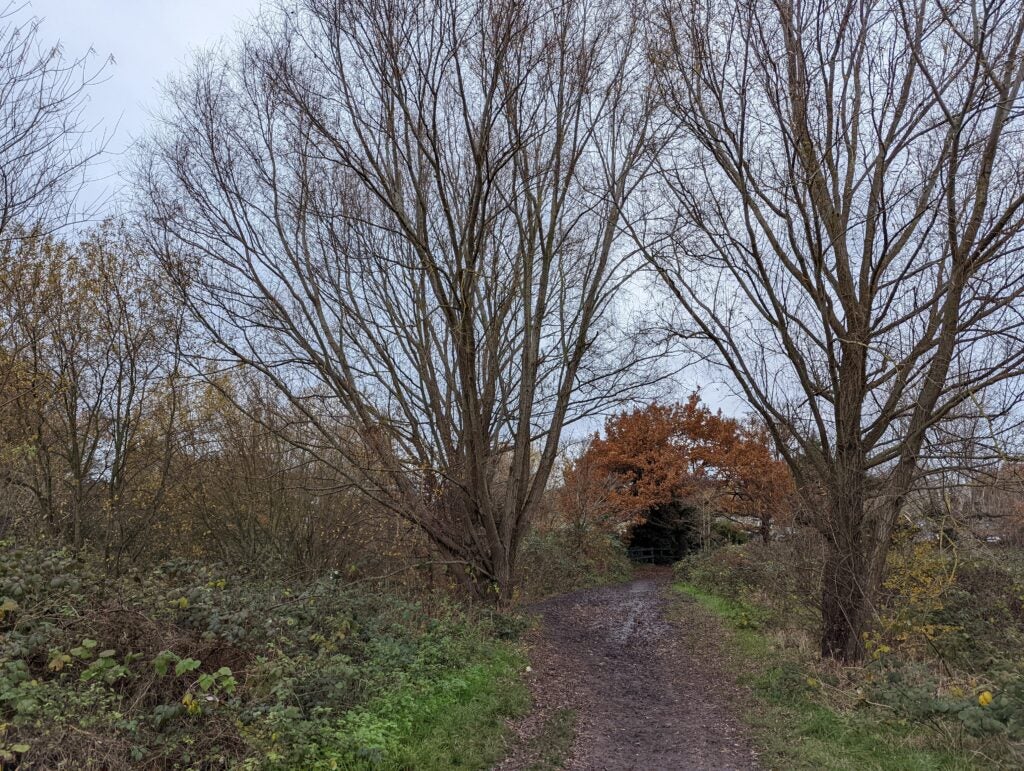
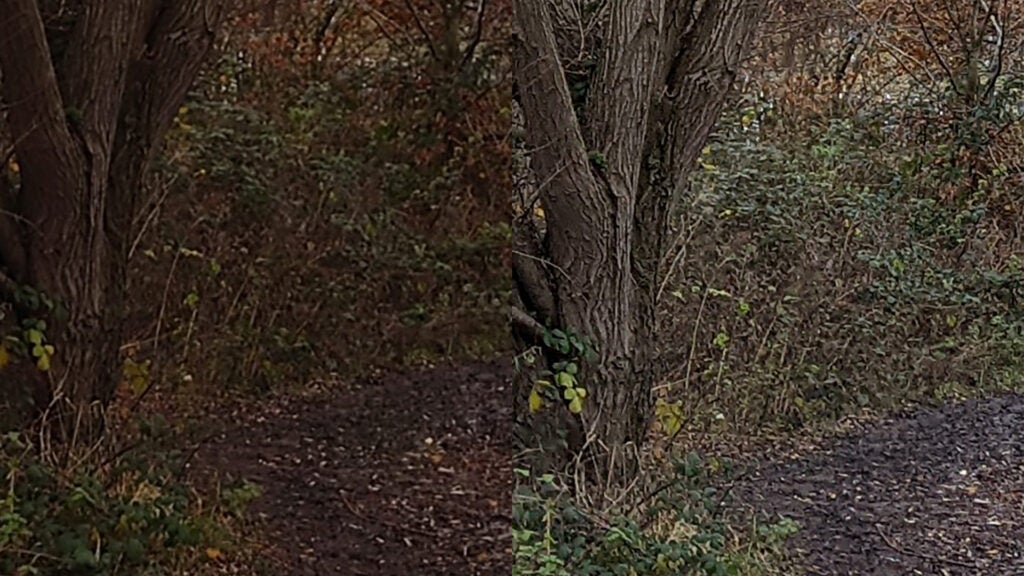
Far-away foliage looks more natural through the Sony Xperia Pro-I camera, even if many (if not most) would likely choose the Google Pixel 6 picture in a blind A/B test.


Sony’s approach is likely to appeal to a not insubstantial minority of people, particularly those who already have a Photoshop/Lightroom subscription. The physical interface is quite old-school, too. There’s a neat two-level shutter button on the side, used to capture photos in all modes bar “basic”, which has an on-screen shutter button instead.
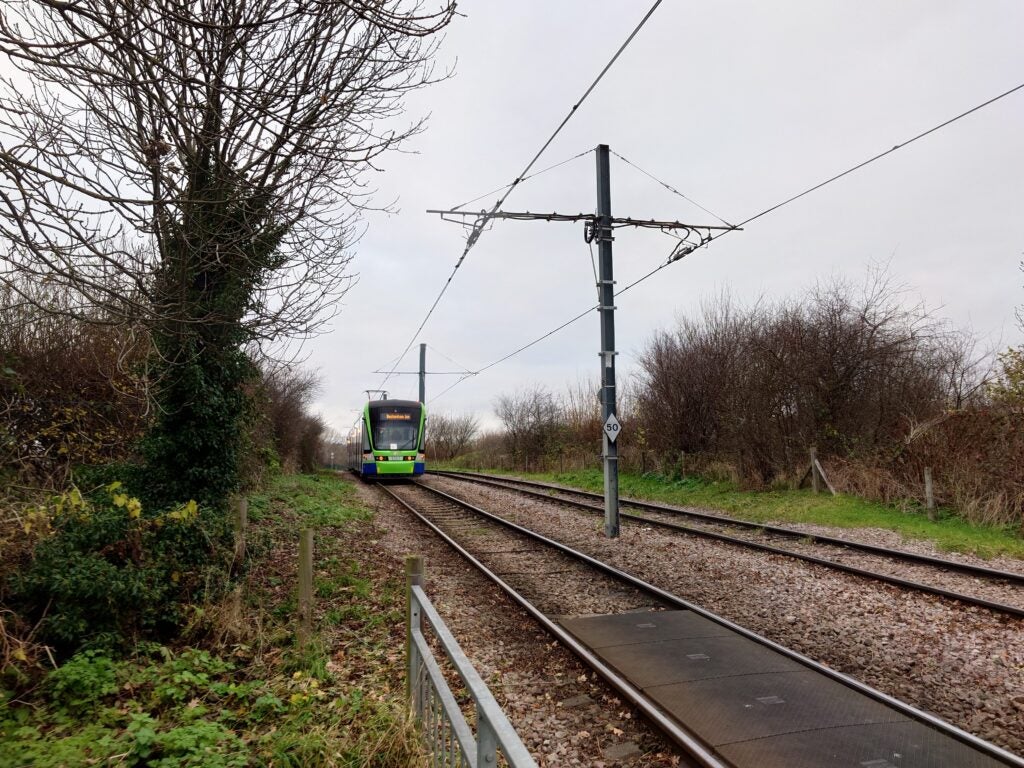
However, so far I’ve only been talking about shooting in daylight. And the Sony Xperia Pro-I starts to lose its appeal when you shoot in low light.
This should be where the larger sensor pixels shine; but, instead, it acts as a demonstration of how powerful computational photography is in the very best camera phones. Google, Samsung and Apple now have great computational techniques. Sony? It lags behind a little.
The Sony Xperia Pro-I’s night-time images are slightly weaker than those taken with the iPhone 13, Pixel 6 or Galaxy S21 Ultra. While the camera does have a Night mode, it just isn’t at the same level as the biggest players in terms of shadow detail, brightness and clarity. Here’s a comparison:
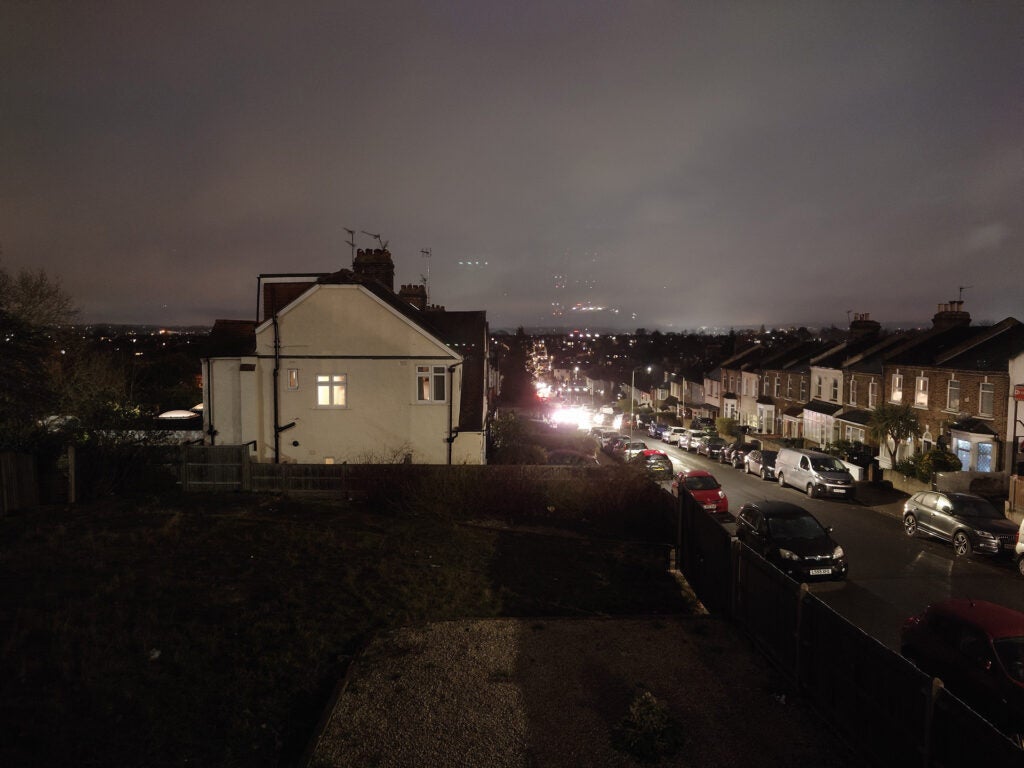
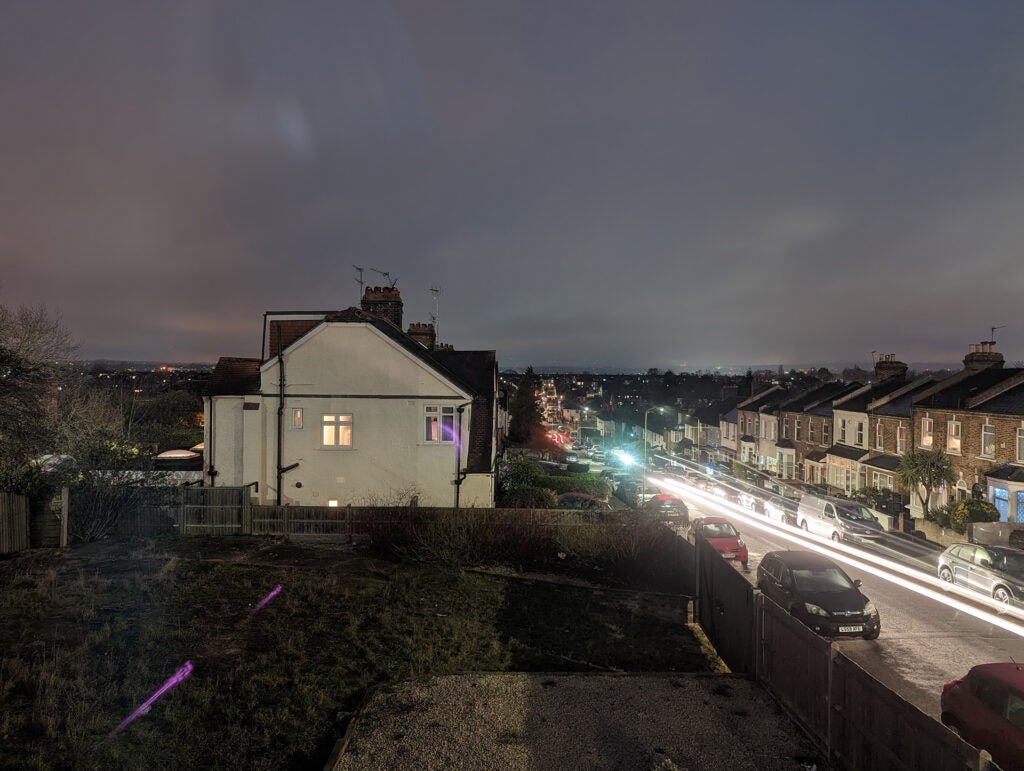
This phone’s low-light video is also very poor compared to that from the Pixel 6. It’s just flat-out dark, even at the highest sensitivity setting. This is unfortunate, because video is arguably where the Sony Xperia Pro-I’s “manual” camera software is most useful.
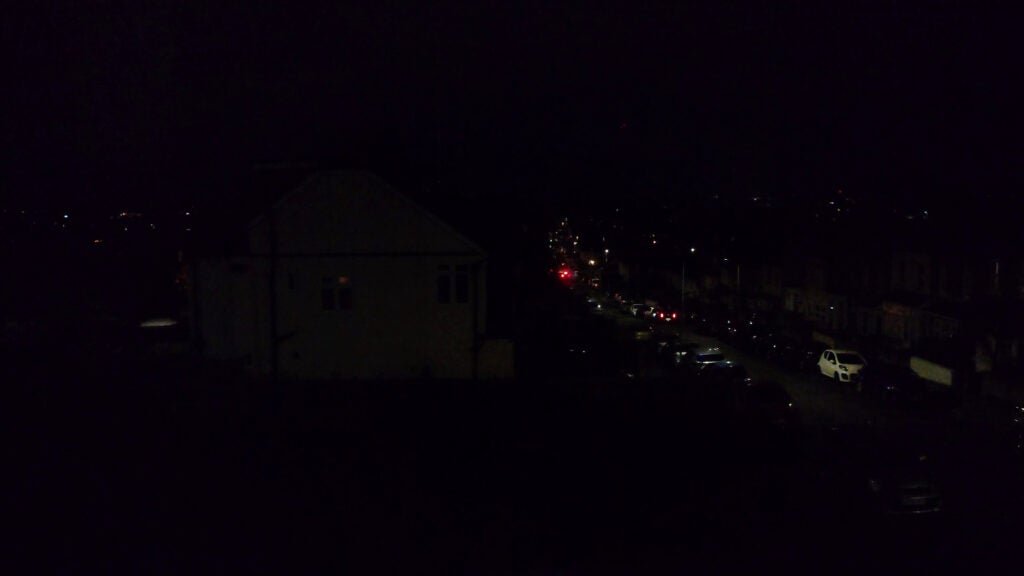
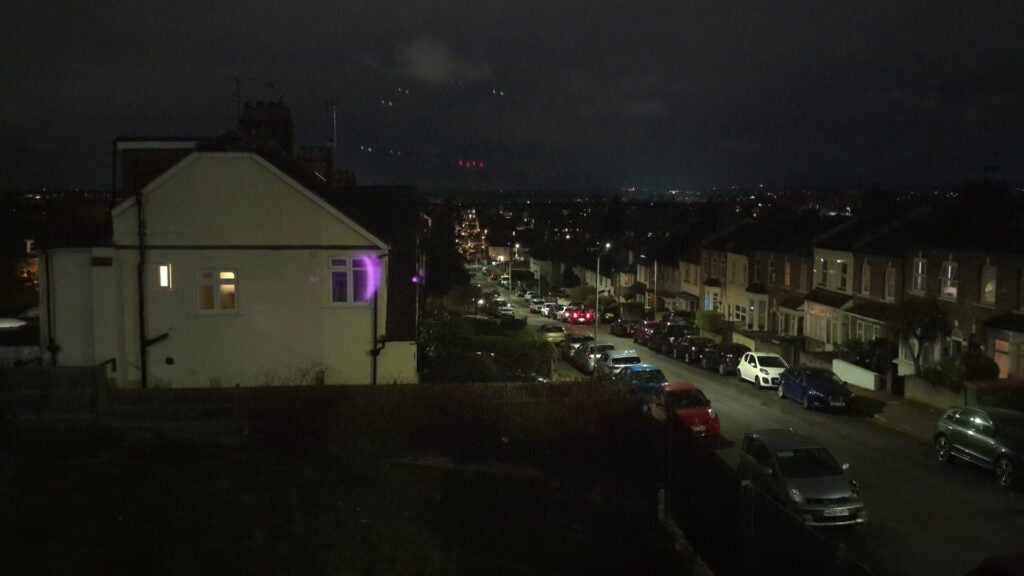
The phone has three separate apps for the cameras, two for video and one for stills.
Video Pro is the one you’ll probably use most often. It looks intimidating at first, but you can use it like a standard casual video app, if you like. However, it also has above-average manual controls for focus and zoom that make it more easy to create professional-looking, in/out of focus transition effects.
Cinema Pro takes things a step further, making you set each parameter manually before starting a clip recording. All of these remain static, so focus is your only control during capture. There are shortcuts to focal planes, and you tap on these to switch between the two. How long this transition takes can be altered in the Settings menu.
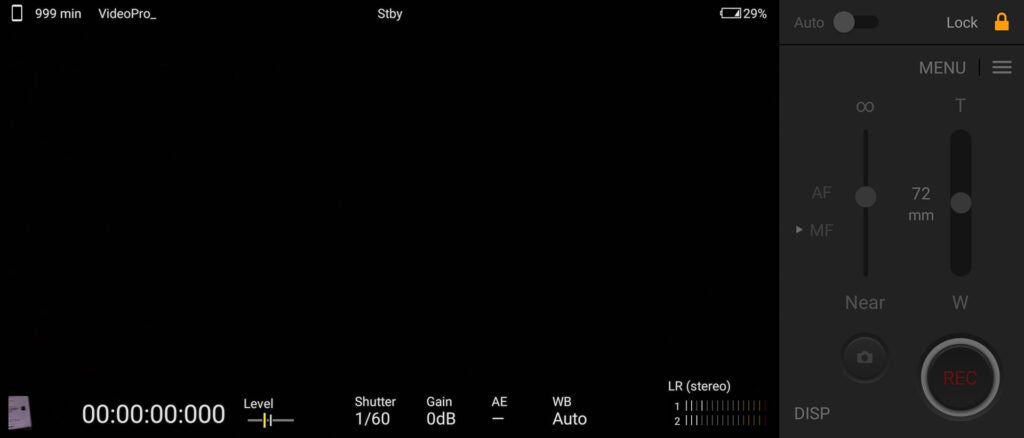
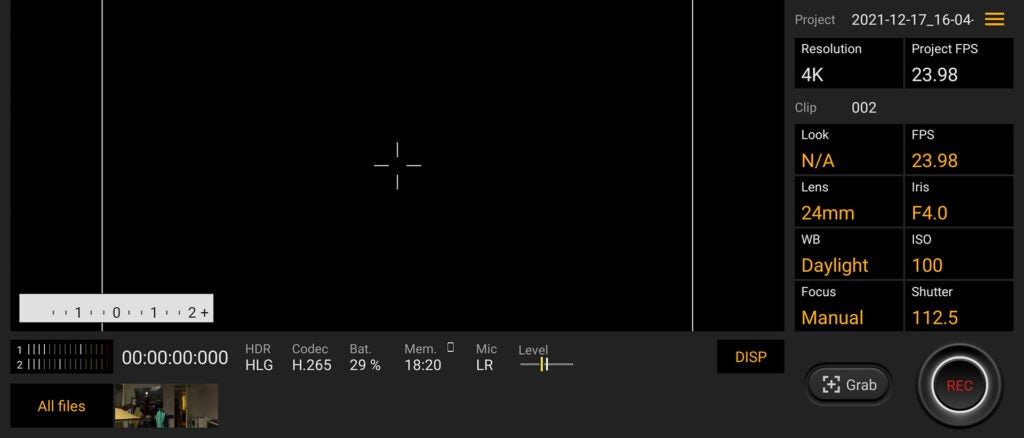
Put some thought into what you’re going to shoot and you should be able to get some decent short-film-style results from the Sony Xperia Pro-I’s Cinema Pro mode. However, I struggle to see who I’d actually recommend the phone to for this sort of use. If you want easy, professional-looking results then you’re probably better off opting for an iPhone 13 Pro Max. Its Cinematic mode can pull off tricks that the Sony Xperia Pro-I can’t.
If you want a professional feel, you’re probably better off with a mirrorless camera. However, it would be impossible to pick up the most “ideal” of these for Sony Xperia Pro-I money – the Sony Alpha A7S III costs a load more. But you could pick up a Panasonic Lumix GH5 with a lens for less.
The Sony Xperia Pro-I’s app for stills comes with a bunch of different modes that roughly replicate what you see in a dedicated camera, but each can also use Sony’s Auto HDR mode. “Basic” mode offers the classic smartphone experience, with an in-screen shutter button. Auto is similar – point and shoot – but you use the shutter button on the side of the phone instead.
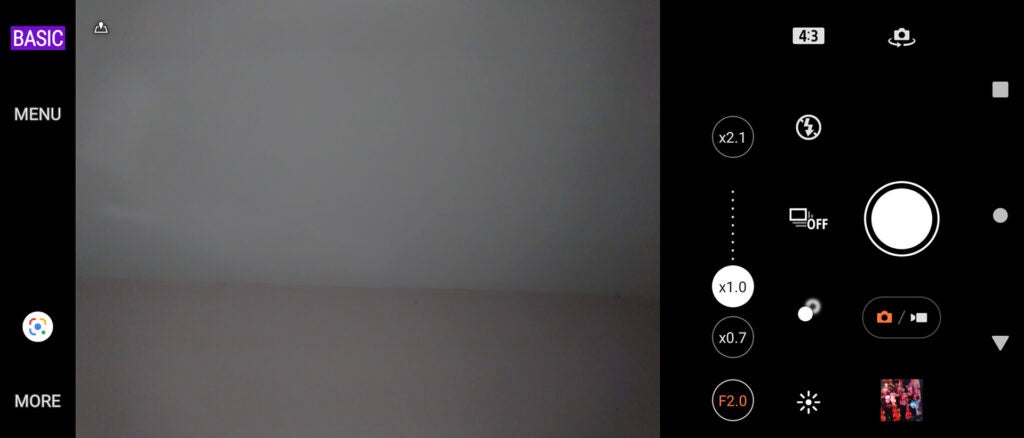
Shutter priority lets you set the shutter speed while the camera handles the rest. Manual Exposure lets you control the shutter speed and ISO. And Programme Auto lets you control everything bar shutter speed. There’s no aperture priority – the mode I use most often in my own camera – because it wouldn’t make much sense in a camera that only has partial aperture control, in only one of its three lenses.
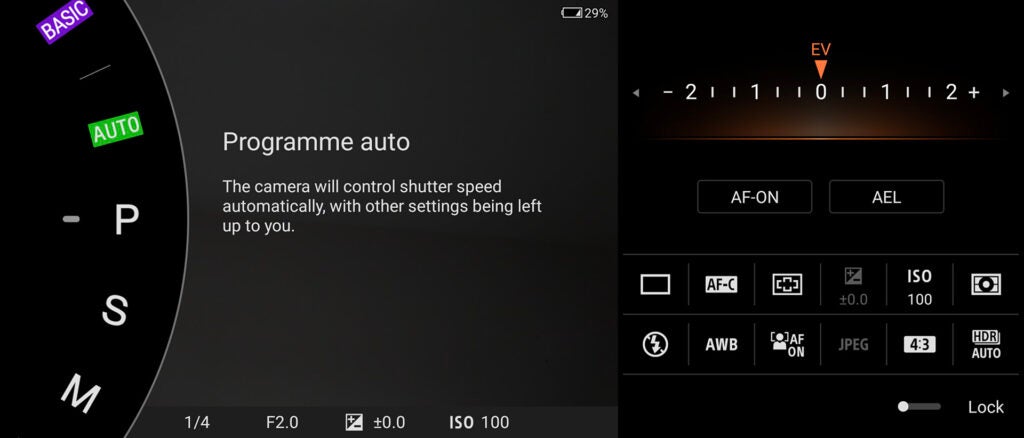
There remain a few Sony Xperia Pro-I camera features I haven’t yet touched upon. Its main lens offers variable aperture, with the ability to switch between f/2.0 and f/4.0 modes. However, it’s worth remembering that you’re actually getting a roughly 1/1.3-inch equivalent lens here, not a 1-inch one. There isn’t a huge difference in the bokeh effect/depth of field between the two modes because the crop factor is so significant.
The f/4.0 mode appears to be mostly of use for shooting video of a bright subject, letting you use a fairly fast shutter speed without overexposure.
And the secondary cameras? They’re both decent – although, naturally, neither is at the same level as the primary, and neither seems particularly remarkable given how much the Sony Xperia Pro-I costs.
The wide produces cleaner images than those from the Pixel 6 Pro in murky lighting, but Google regains an edge in low light with its Night Vision mode. This is because, again, Sony’s low-light algorithms/software are weaker. Both the Pixel 6 Pro and Samsung Galaxy S21 Ultra also feature far more powerful zooms; a 2x zoom just isn’t that impressive anymore.
The Sony’s selfie camera is excellent, at least compared to the Pixel 6 Pro phone that I’ve largely used for comparisons here. There’s plenty of detail and it all looks naturally rendered, even in low lighting – as long as you let the phone use the display as a makeshift flash. You wouldn’t think this performance would be on the cards given the specs – an 8-megapixel 1/4-inch sensor – but there you go.
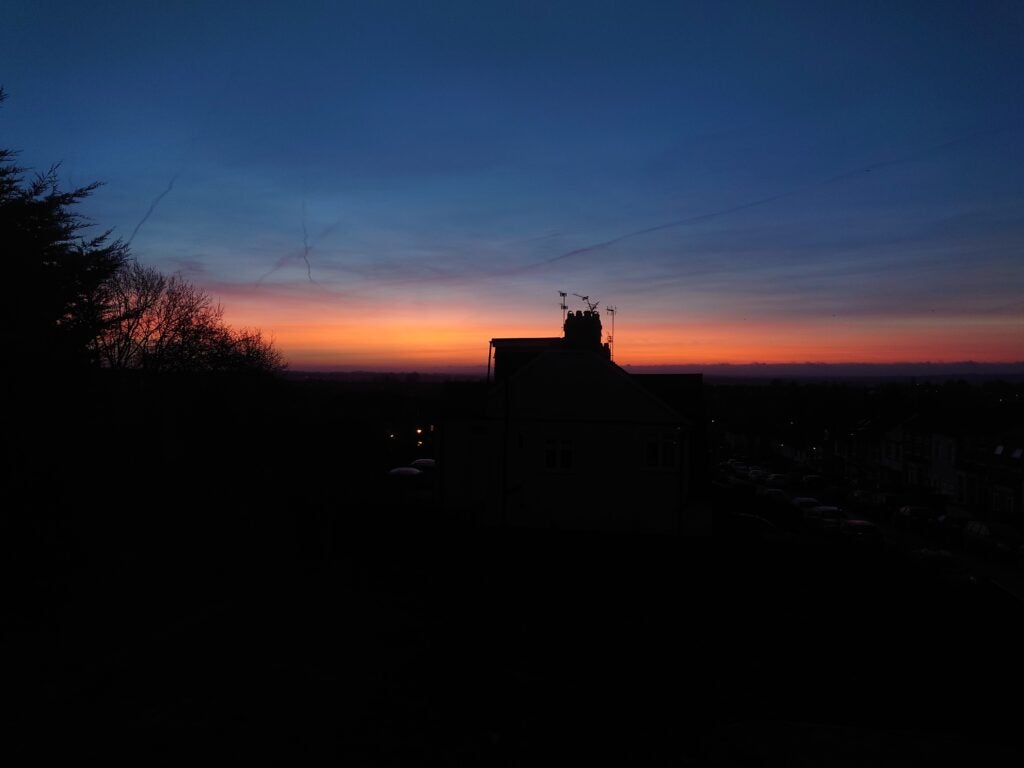
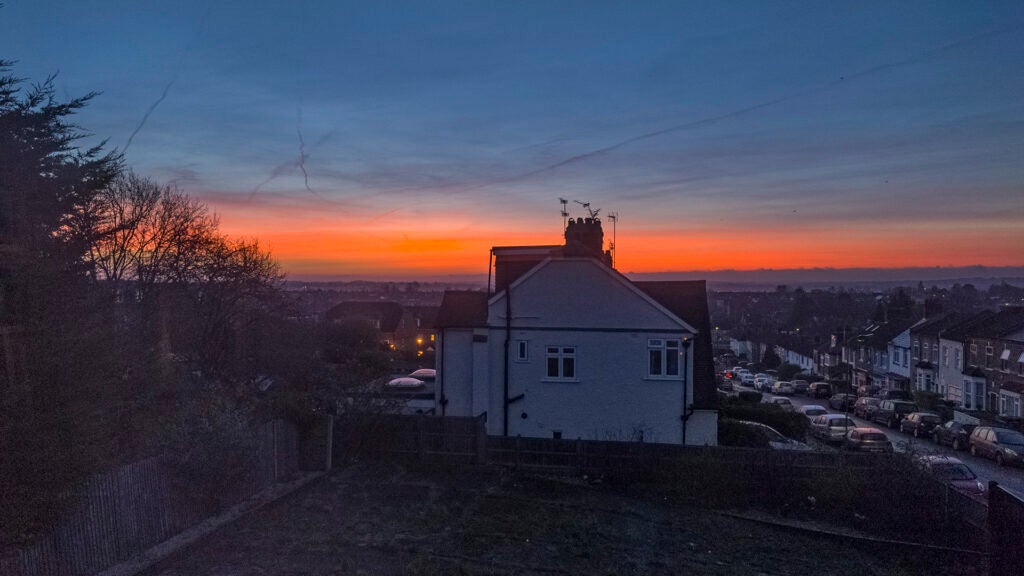
Is the Sony Xperia Pro-I camera a smash? In some senses, yes; in others, no. You’re not really getting a 1-inch sensor camera here. And, while the large sensor pixels allow for a far more naturalistic look down at pixel level most of the time, the more computational approach used by rivals can often deliver better results in the most taxing situations.
However, it’s only video that I find truly disappointing, though. While the software provides for aspiring film-makers in ways other phone makers do not, you see very little of the benefit of the large sensor pixels in low-light footage, which generally looks poor.
Here are a couple more samples:
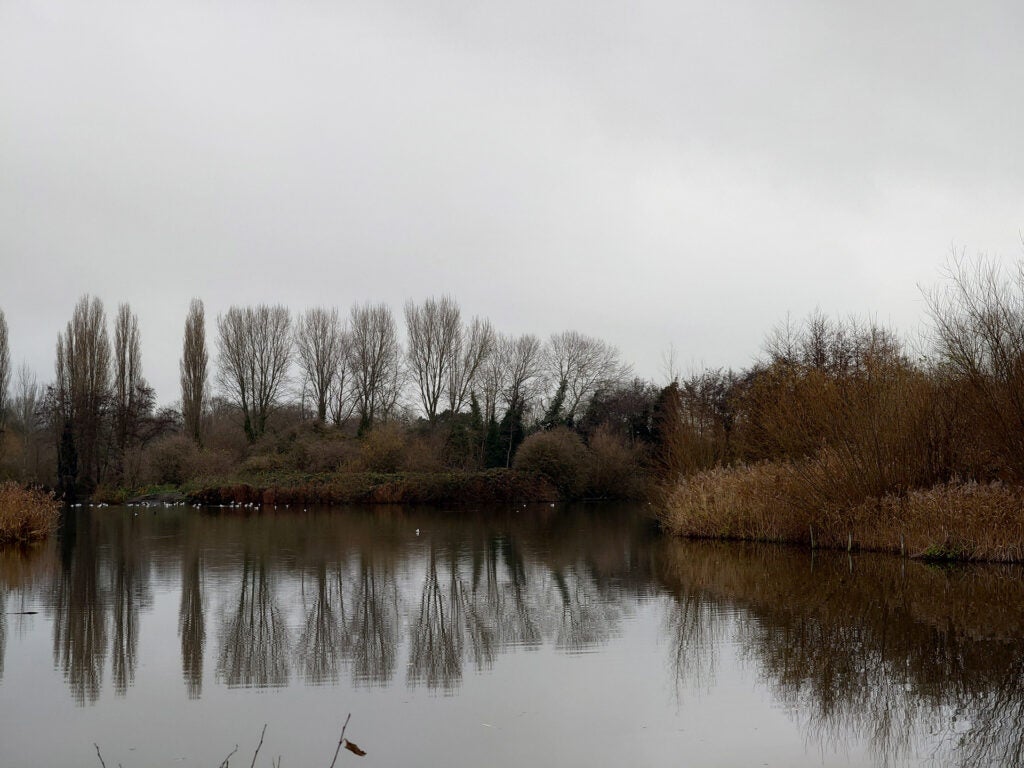
Design
- Familiar Xperia design language
- IP68 water-resistnace
- Good build quality
We’ve covered the most important parts of the Sony Xperia Pro-I. How about the rest?
The design is familiar Sony. You get the “monolith” design the company has used for quite some time now, but with Gorilla Glass Victus on the rear and front, plus aluminium on the sides. These sides are ridged – for grip, I suppose – but, visually, there isn’t really anything here that catches the eye.
The Sony Xperia Pro-I comes with a headphone jack for audio monitoring during video recording, but you can also use it for music and podcasts. It has some fairly good speakers, too. There’s a stereo pair with decent but not class-leading volume, but enough warmth and bass to avoid sounding thin.
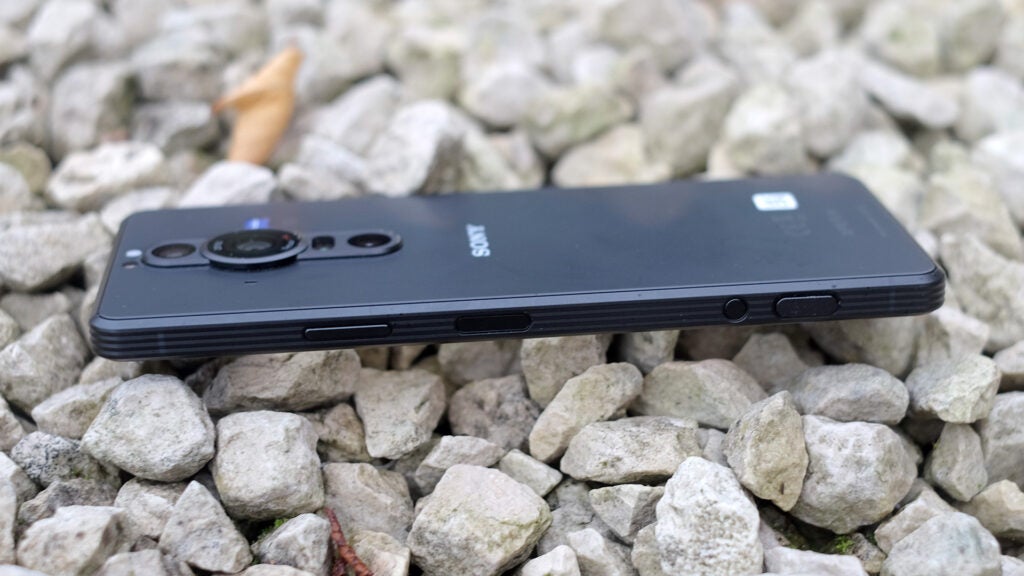
Sony adds its Dynamic Vibration feature, too, which makes the vibrate motor buzz along to the bass. But it’s a bit silly, really, and doesn’t add to the audio output, even if you place the phone on a flat surface. Gamers might enjoy it, though.
Screen
- One of the only phones around with a 4K panel
- Use of OLED offers rich colours
- Multiple modes to get the best out of the display
The Sony Xperia Pro-I display is a 6.5-inch OLED with a 21:9 aspect 120Hz 4K panel. It apparently renders at a lower resolution most of the time, but the high pixel density still makes the pixel structure invisible. I’ve always found displays of such high resolution a bit pointless outside of mobile phone VR, which no-one really uses anymore.
Display colour and image quality are great, as long as you switch to the “Creator” mode. The Standard one has a much cooler colour tone and pumped-out saturation.
The panel is an OLED, so contrast and black levels are excellent, regardless of the mode you decide to go with.
Performance and Battery Life
- High-end Qualcomm CPU
- So-so battery life
- Uninspiring charge speed considering its price
The Sony Xperia Pro-I uses the popular Snapdragon 888 processor, supported by 12GB of RAM and a huge 512GB of storage – which you’d hope for considering how much this phone costs.
There’s very little of interest to see here. It’s a great processor, even if it has since been superseded by the 888+ – and soundly beaten by Apple’s A15 Bionic. It scores 3726 points in Geekbench 5 (1109 per core); Ark: Survival Evolved runs beautifully maxed out, and there’s no obvious lag in the interface. I couldn’t get Fortnite to install because my review sample seemed to be blocked from side-loading apps, but I can’t imagine the Pro-I will face any issues in this area, either.
Would you expect anything less for £1600?
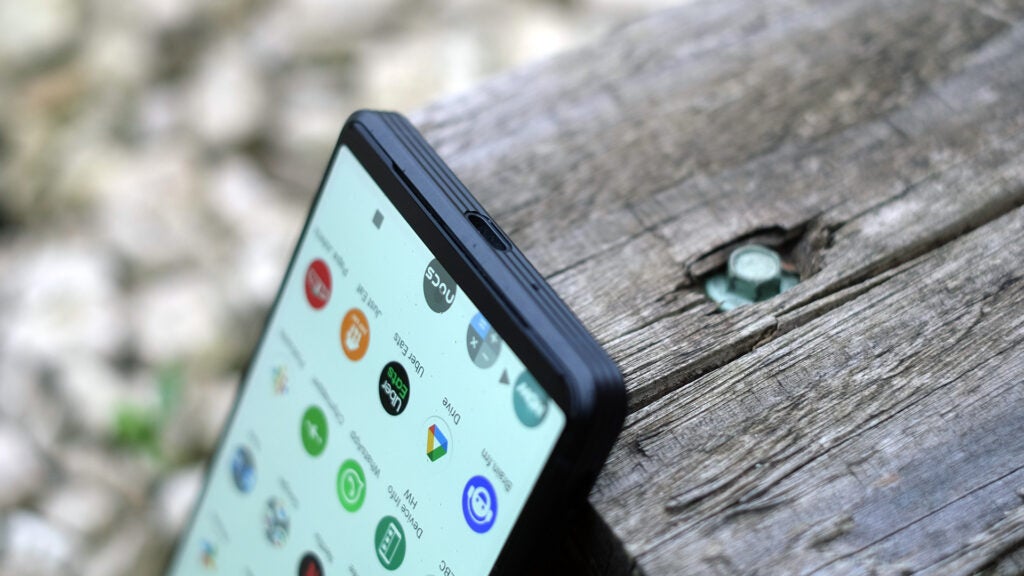
Battery life could be better, though. The Sony Xperia Pro-I isn’t a super-slim handset, but it has the battery of one, at 4500mAh capacity. While the camera may take up significant space, it won’t extend across the whole of the rear, mandating an at-best mid-size battery.
Its stamina is okay, but nothing to shout about – which is like the majority of non-extra-large top-end Android phones. I have found that it will last a day – just about – without leaving you with much spare charge to take you into the second. It’s neither great, nor terrible. A shrug.
Charging speed is pretty remedial, too, although Apple and Samsung are hardly pioneers in this area either. It takes 28 minutes to reach 50%, reaching 82% in an hour. A full charge takes 1hr 46mins.
The Sony Xperia Pro-I uses a 30W charger – far removed from the OnePlus 9 Pro and its 65W, 30-minute charger. And OnePlus isn’t even the fastest phone around. According to Sony’s spec sheet, there’s no capability for wireless charging here either.
Latest deals
Should you buy it?
The Sony Xperia Pro-I is likely to appeal to those looking for a phone camera that feels like a dedicated camera: particularly if proper editing of shots is already ingrained into how you take photos.
Don’t come to the Sony Xperia Pro-I expecting the ultimate phone camera for every single eventuality: While it’s a stand-out in some respects, its images look flatter than the best rivals straight out of the camera; low-light video capability isn’t great, and there are far more powerful zooms out there.
Final Thoughts
Sony does some interesting things with the Xperia Pro-I – the camera here feels more like a dedicated camera than that of a phone. The software offers more ways to get manual control, the noise reduction is far less abrasive than just about any other phone from any other manufacturer, and images tend to be spit out as “ready to edit” rather than “ready for share”.
Obviously, this won’t be for everyone. And it’s a shame there’s limited enhancement of low-light video, which ends up looking dark, even with the highest ISO settings applied. You win some, you lose some – but you have to pay a whole lot more regardless.
It’s great that a phone such as this exists, and its differentiating factors are less hollow that I feared they might be. But should you buy a Sony Xperia Pro-I? Most should steer clear; but if you’re a video producer who loves the idea of a phone that you can use as a second camera on shoots, or as a video monitor for your main one, it may make a lot more sense.
How we test
We test every mobile phone we review thoroughly. We use industry standard tests to compare features properly and we use the phone as our main device over the review period. We’ll always tell you what we find and we never, ever, accept money to review a product.
Used as our main handset during test period
Camera tested in variety of situations with all modes
Tested with synthetic benchmarks and real world use
FAQs
The phone has IP65/68 water-resistance rating, meaning it can handle both submersion in water and jets from any angle.
There’s no wireless charging here, just the cabled kind.
It takes 1hr 46mins according to our testing, and supports 30W power input.
Trusted Reviews test data
We run each phone we review through numerous tests. Below you’ll find the data we generated during the process.
Full specs
All the important specs you need to know about the Sony Xperia Pro-I



